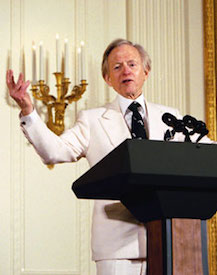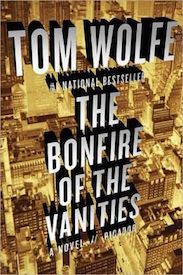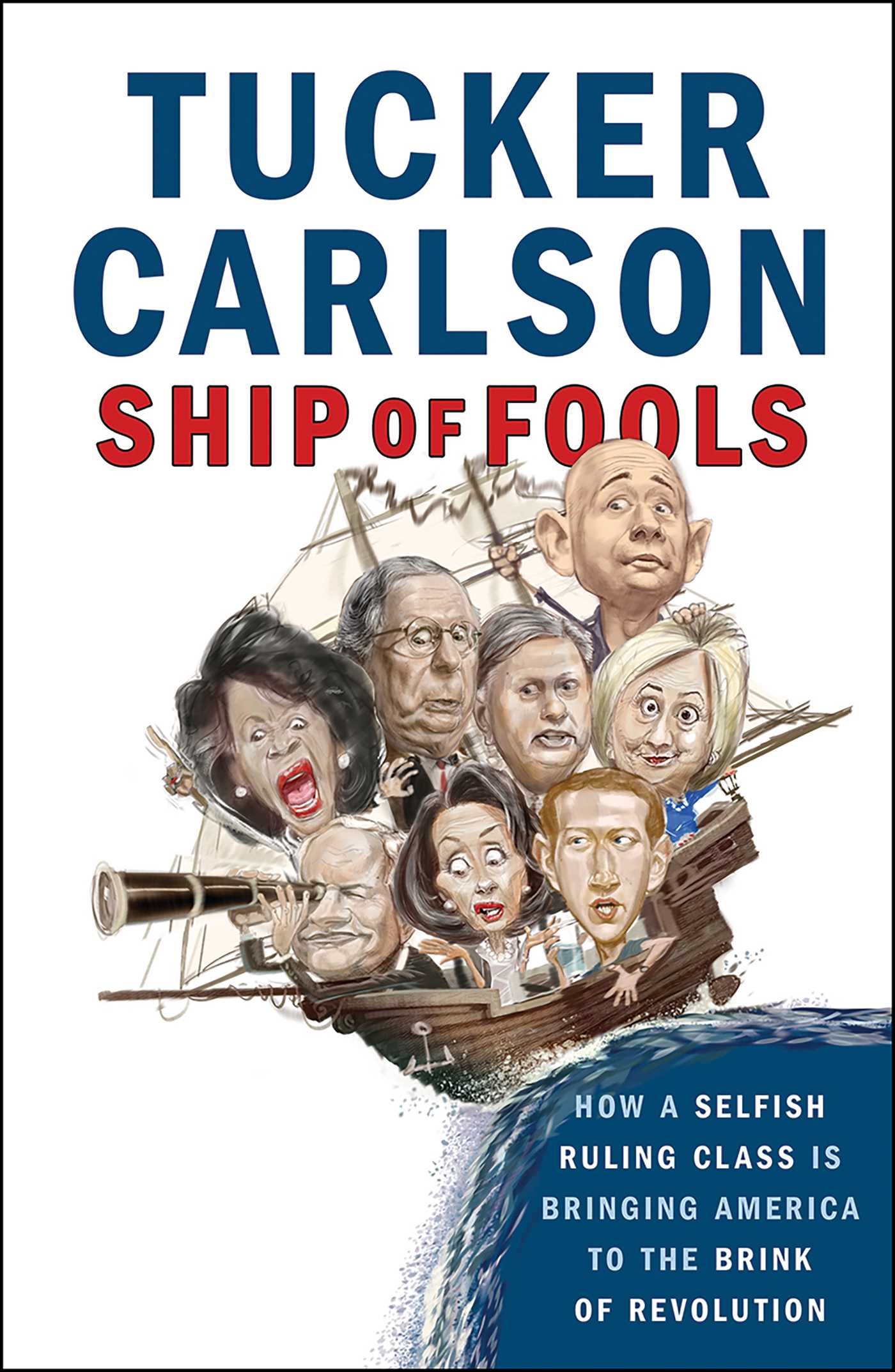The Bonfire of the Vanities
The incident at the heart of Tom Wolfe’s hilarious first novel is no laughing matter.
Sherman McCoy, a well-married $1 million-a-year high-WASP Wall Street bond salesman with a 14-room apartment on Park Avenue, takes a wrong turn while driving his mistress home from Kennedy International Airport, and finds himself lost in the jungle of the east Bronx.
Forced to stop his $48,000 Mercedes-Benz and remove what appears to be some sort of road barrier, he panics when approached by two young black men – one large and the other skinny – starts a fight, and leaps into the passenger seat of his car, his mistress having slid over to the wheel. As she races away, the rear end fishtails and ”thok!. . .The skinny boy was no longer standing.” By the next day the boy is in a coma and black agitators are up in arms.
But what Mr. Wolfe does with this material is very funny indeed -funny and bitterly satirical. Everybody gets into the act, from the Bronx District Attorney who is running for re-election, to Peter Fallow, an alcoholic English reporter who is trying to save his sagging career on a daily tabloid. As Fallow’s tipster says about the story: ”And the great thing, Pete, is that this isn’t just one of those passing sensations. This thing gets down to the very structure of the city itself, the class structure, the racial structure, the way the system is put together.”
Indeed it does, and in doing so it gives Mr. Wolfe an opening to have delicious fun with the system. And everyone is mocked. Park Avenue social leaders are mocked. Black rabble-rousers are mocked. The criminal justice system is mocked. The rich and the poor of New York City are mocked. Jews and Protestants are mocked. Irish and Italians are mocked. The Bronx is mocked. Manhattan is mocked. And it all gets so wickedly and perversely funny that at one point we find ourselves laughing helplessly even at a scene in which a man dies of a heart attack in a fancy East Side restaurant. Well of course you had to be there. But Mr. Wolfe lets no prisoners of his comedy escape.
So ”The Bonfire of the Vanities” is just vintage Wolfe, you might argue – the author up to his old tricks, doing the satirical turns he did in some of his nine previous books, particularly ”Radical Chic & Mau-Mauing the Flak Catchers” (1970), ”The Painted Word” (1975) and ”From Bauhaus to Our House” (1981). After all, the voice is the same, filled as it is with exclamation points, italicized phrases, phonetic speech, brand names, arcane nomenclature and fugue-like metaphors. The eye for intricate detail is the same, especially where it comes to ethnic behavior and the way people talk. The nose for hypocrisy and cant is the same. All that’s been added is a plot, a cast of fictional characters and the sum greater than its parts that a novel is supposed to add up to.
All this may be true, but the additions are hardly to be scoffed at. The plot of ”Bonfire” is an astonishingly intricate machine that manages to mesh at every turn despite its size and complexity. The characters, while being objects of satire, remain sympathetic enough when it matters to hold our interest and keep us rooting, an amazing feat considering how contemptible most of them can be.
It is only what the novel adds up to that may prove troubling to some readers. The closest thing to a hero we get in the story is Sherman McCoy, the Park Avenue bond salesman who becomes ”the Great White Defendant” in the Bronx District Attorney’s political machinations. True, Sherman, like every other major character, is mocked and ridiculed, and much of the trouble he gets into is of his own making; it begins with his cheating on his wife and it is complicated by his allowing himself to be talked by his mistress out of reporting the accident. He lacks the fear of his guilt, let alone the courage of his conviction.
Still, he’s the raft we have to cling to in the storm of the novel’s plot. By the end, we get rather attached to him, and Mr. Wolfe has to slap an awkward epilogue onto his story to remind us not to gloat over his survival.
The title of the novel helps – ”The Bonfire of the Vanities.” Think of New York City today as 15th-century Florence, and consider Reverend Bacon of Harlem, who agitates against Sherman McCoy, as Fra Girolamo Savonarola, the celebrated monk whose sermons and exhortations engulfed Florence in a tidal wave of piety, assisted the ouster of the Medici family and led to the famous burning of the vanities. In such a context, it is easy to curse all rabble-rousers, and feel that people like Savonarola – and by metaphorical extension, Reverend Bacon – deserve to be burned at the stake.
But viewed in a contemporary context, Mr. Wolfe’s novel seems to be playing with another kind of fire. It may well be true, as he seems to be suggesting, that the history of New York is, much as we may be reluctant to admit it, the history of predominant ethnic coalitions. And he is doubtless justified in exploiting the comedy arising from that fact.
But a nervousness creeps into one’s laugh when he makes sport of current black sensitivity to the attitudes of New York City’s whites. And that nervousness is increased by certain signs that the author himself may be a little nervous.
Still, ”The Bonfire of the Vanities” is an impressive performance. In some respects, it’s what Mr. Wolfe has been doing all along. But in other important ways his embrace of fiction has liberated him. All things considered, it allows him to outperform himself.
Book Review from The New York Times, by Christopher Lehmann-Haupt
- The Author

Tom Wolfe
Tom Wolfe was born and raised in Richmond, Virginia. He was educated at Washington and Lee (B.A., 1951) and Yale […] More about Tom Wolfe.
Ratings Details














